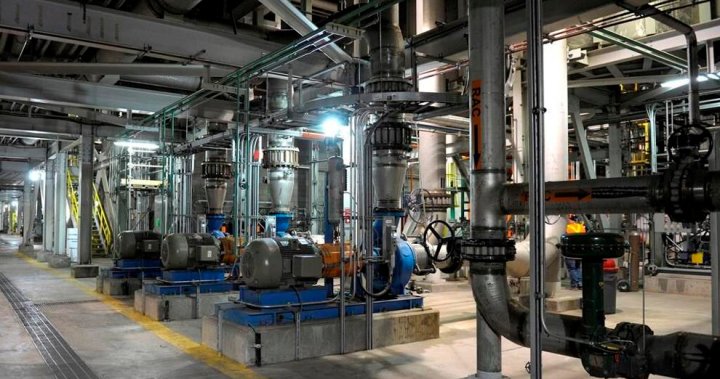A report from the Institute for Energy Economics and Financial Analysis questions the cost-effectiveness of carbon capture and storage technology, citing the failure of Saskatchewan’s Boundary Dam project to meet emissions reduction goals. Initially touted to capture up to 90 per cent of the plant’s carbon emissions, the project has only achieved an average capture rate of 57 per cent after factoring in all emissions, including vented flue gas. The International CCS Knowledge Centre in Regina also notes that the project has not sustained the design rate beyond a capacity demonstration in 2015.
The limited capture rate at the Boundary Dam project is attributed to technical issues and the energy industry’s demand for carbon dioxide to extract oil from depleting reserves. While the project has improved its capture rate and prevented nearly six million tonnes of carbon dioxide from entering the atmosphere, it has not met the initial million-tonne target. Despite this, Knowledge Centre spokesman Grady Semmens acknowledges the project’s value in providing experience and lessons for future carbon capture projects in various industries.
While SaskPower spokesman Scott McGregor emphasizes the improvements in the facility’s performance, analyst David Schissel maintains that carbon capture technology must work nearly perfectly all the time to significantly reduce greenhouse gas emissions. Other carbon capture projects, such as Shell’s Quest project near Edmonton, have also fallen short of their stated goals. Capital Power recently announced the discontinuation of a $2.4-billion carbon capture project at its Genesee power plant due to economic concerns, highlighting the need for technological advancements to improve efficacy and reduce costs.
The total estimated cost of implementing carbon capture in Alberta’s oilsands industry is pegged at $16 billion, raising doubts about the cost-effectiveness of the technology on a large scale. While Schissel acknowledges that carbon capture can be beneficial in certain circumstances and at a smaller scale, he questions whether it can deliver the level of emissions reductions promised by proponents. The ongoing challenges with carbon capture technology prompt concerns about the potential waste of resources and whether alternative approaches may be more effective in reducing emissions in the long run.
In conclusion, the report raises significant doubts about the viability and cost-effectiveness of carbon capture technology, particularly in large-scale industrial applications like power plants and oilsands operations. While projects like the Boundary Dam facility have shown some progress in reducing emissions, they have yet to meet their ambitious targets, prompting concerns about the overall effectiveness of the technology. The need for continuous technological improvements and cost reductions to make carbon capture economically viable remains a major challenge for achieving significant emissions reductions in the fight against climate change.


